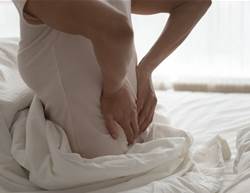Before you start following the ketogenic diet, you'll want to review this keto foods list.
After seeing countless transformation photos on Instagram, you’ve finally decided to give the keto diet a try. Great! You know you'll be cutting back on carbs, but what else should you avoid—and more importantly, what exactly should you be eating?
In general, ketogenic diets consist of just 5 percent carbs, 15 percent protein, and a whopping 80 percent fat. This ratio of nutrients forces your body to use stored fat for fuel, encouraging weight loss. Here's the thing, though: We don't know the effects of following this kind of diet long-term, and yes, some health pros worry it presents some risks. The best way to stick to the diet and also ward off potential trouble down the road? Be smart about which foods you rely on to hit your daily nutrient quota.
Some low-carb dieters go all out on butter-topped bacon and steak and eat very little produce, but that’s not exactly the smartest move, says dietitian Kristen Mancinelli. (We’ll get more into why that is soon.) “A big misconception is that you should just put meat at the centre of your plate and add more fat on top,” she says.
So what should you be reaching for? Here’s a look at the best keto diet foods that can help you thrive, plus the surprising ones you might want to avoid—or at least eat in moderation.
(Want to pick up some healthier habits? Sign up for FREE to get healthy living tips, weight loss inspiration, slimming recipes and more delivered straight to your inbox!)

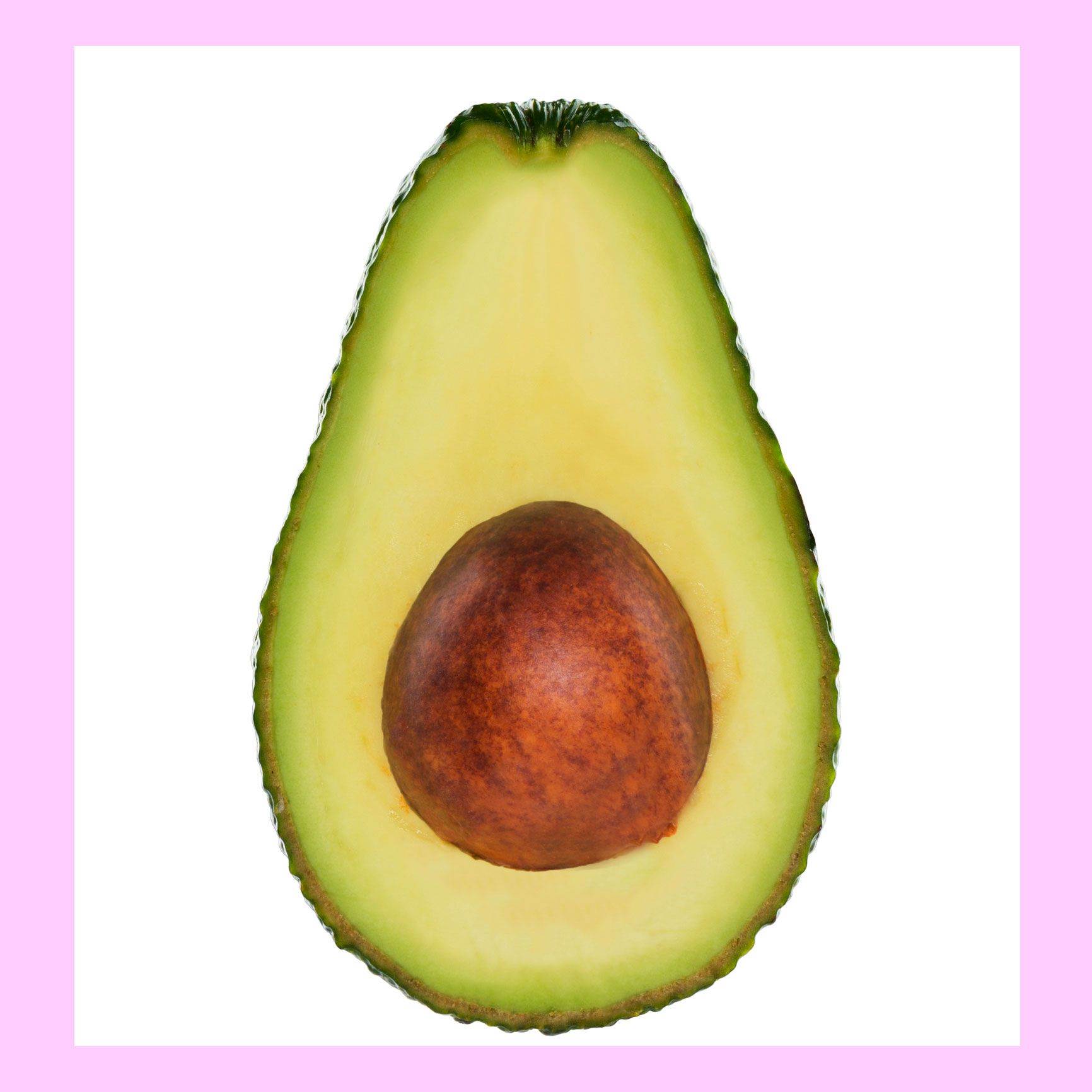
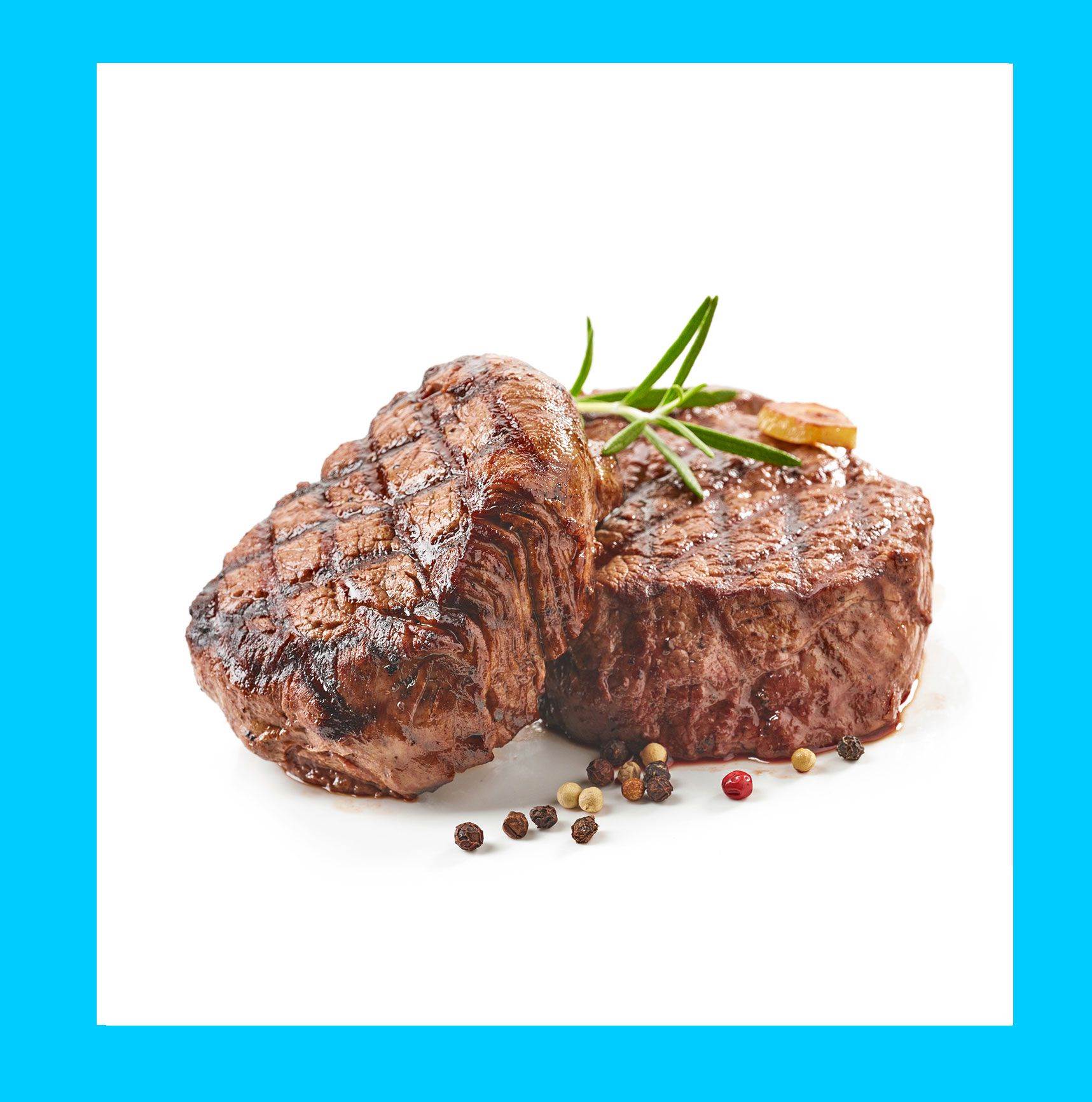
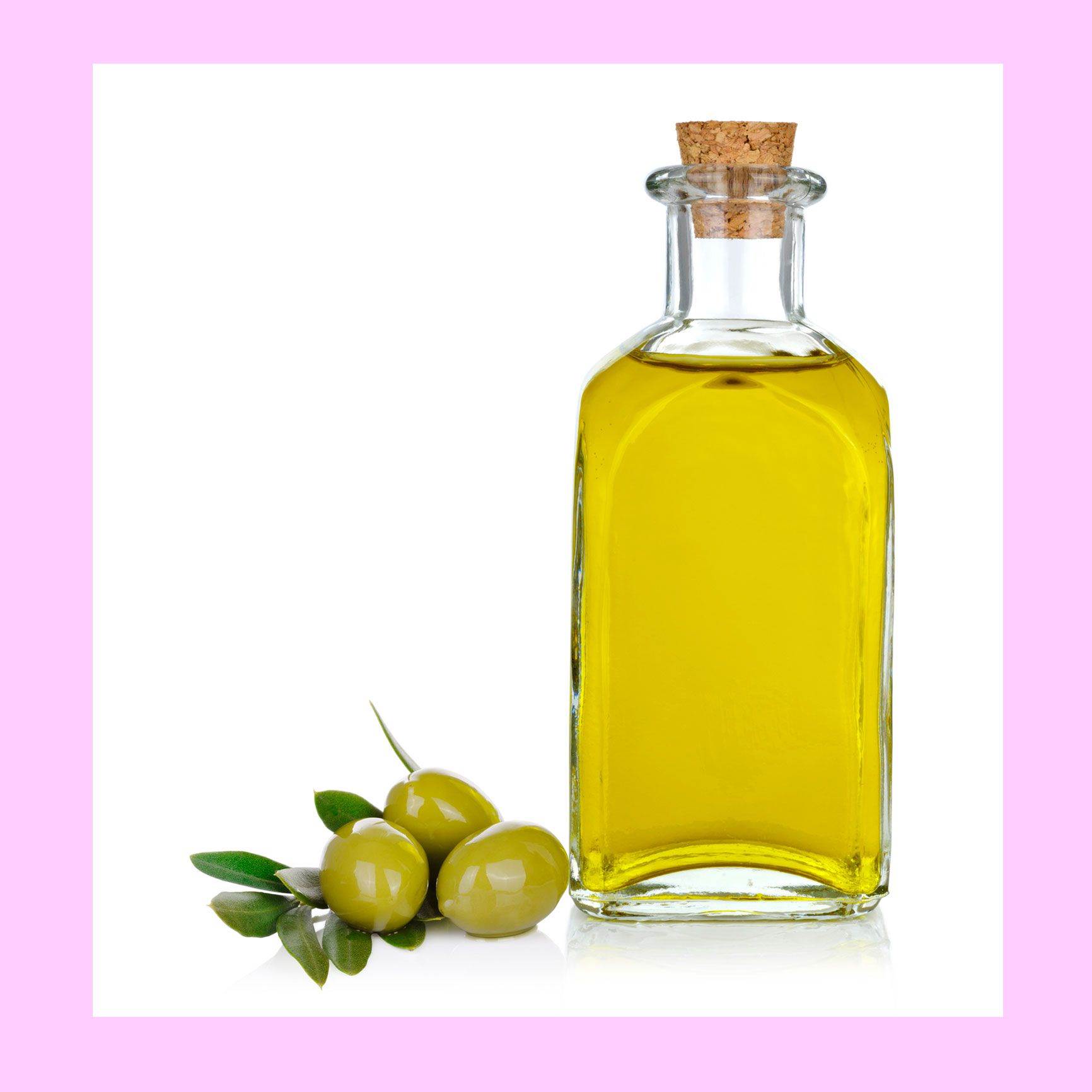
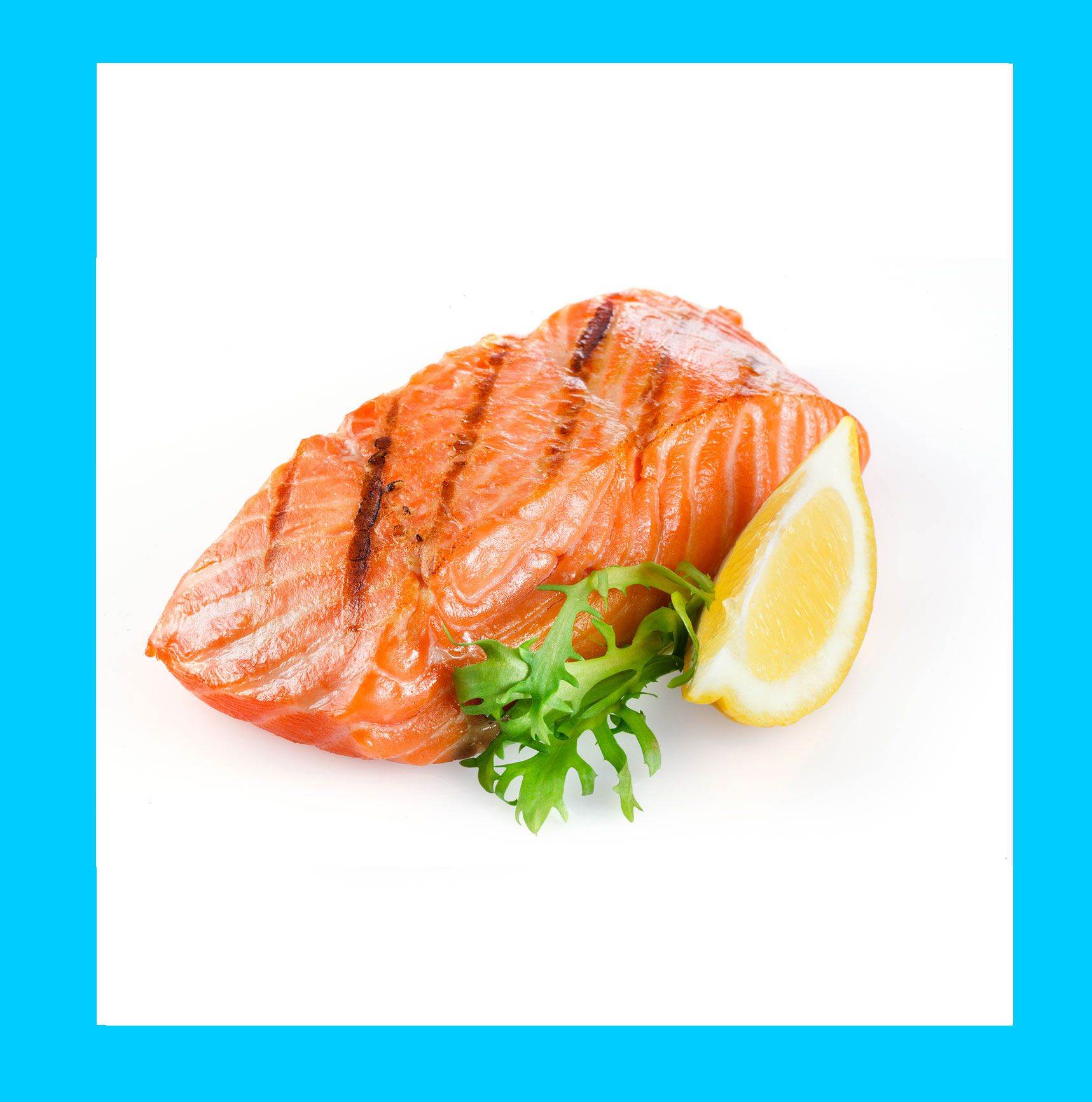
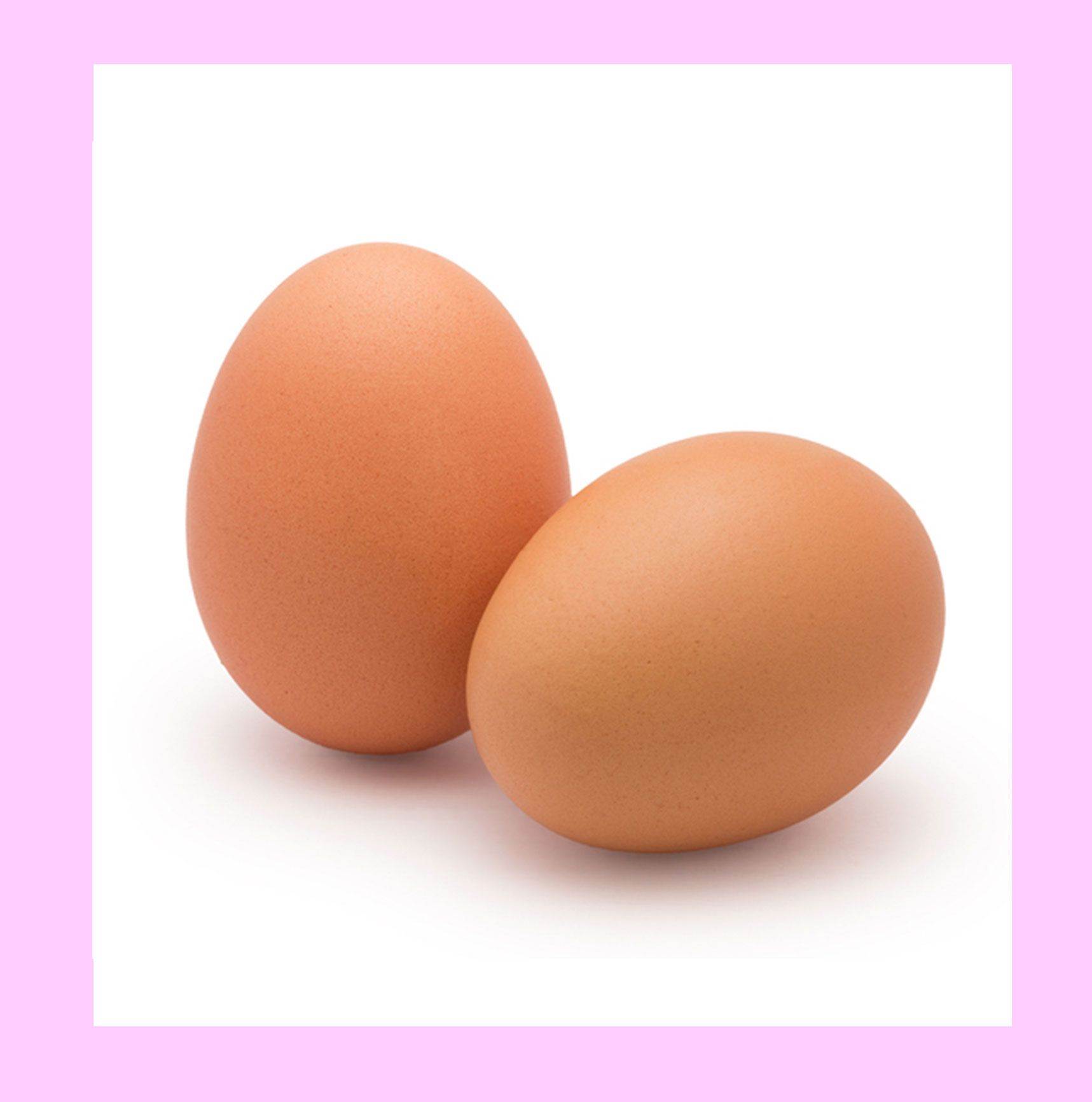

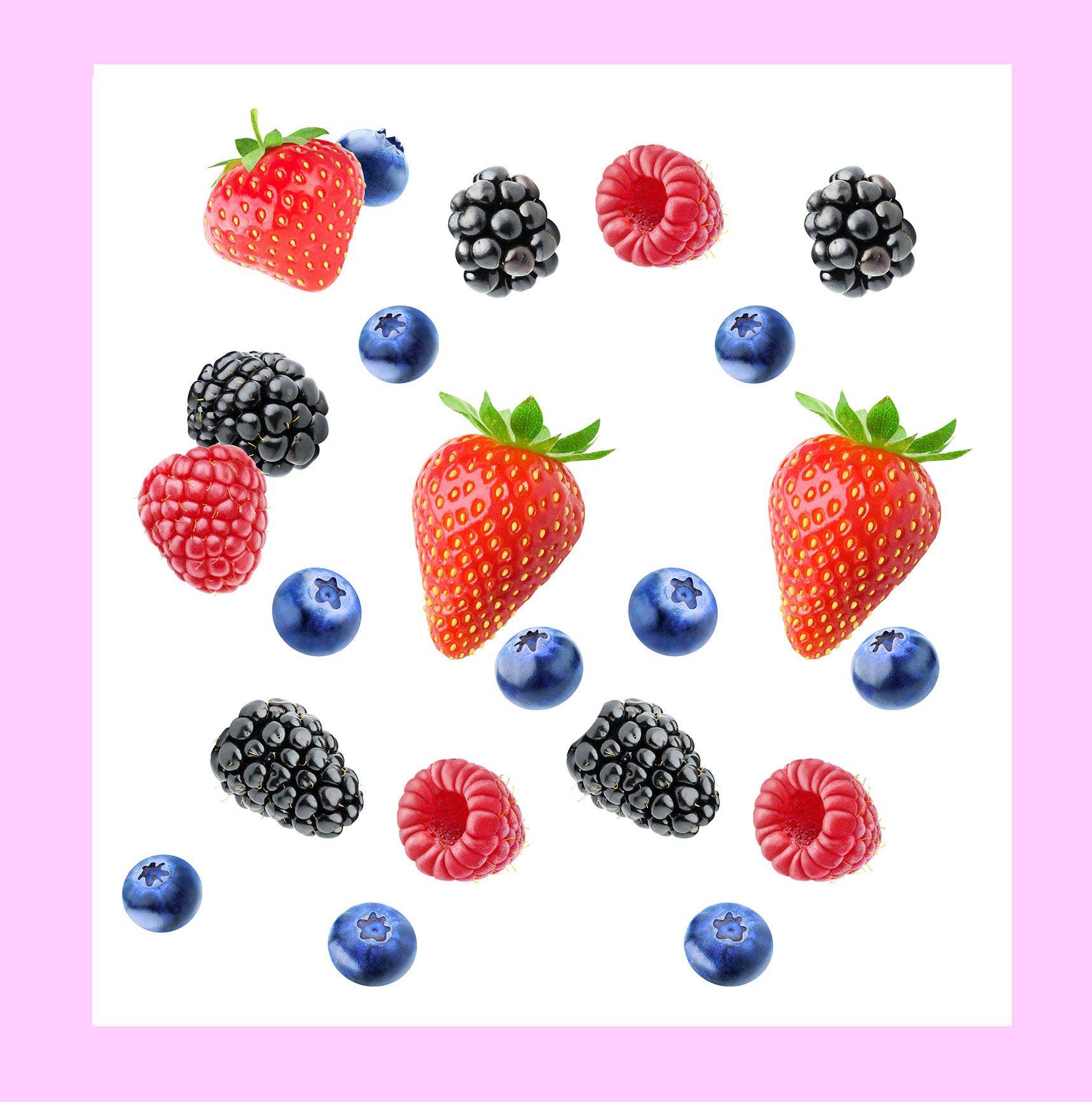


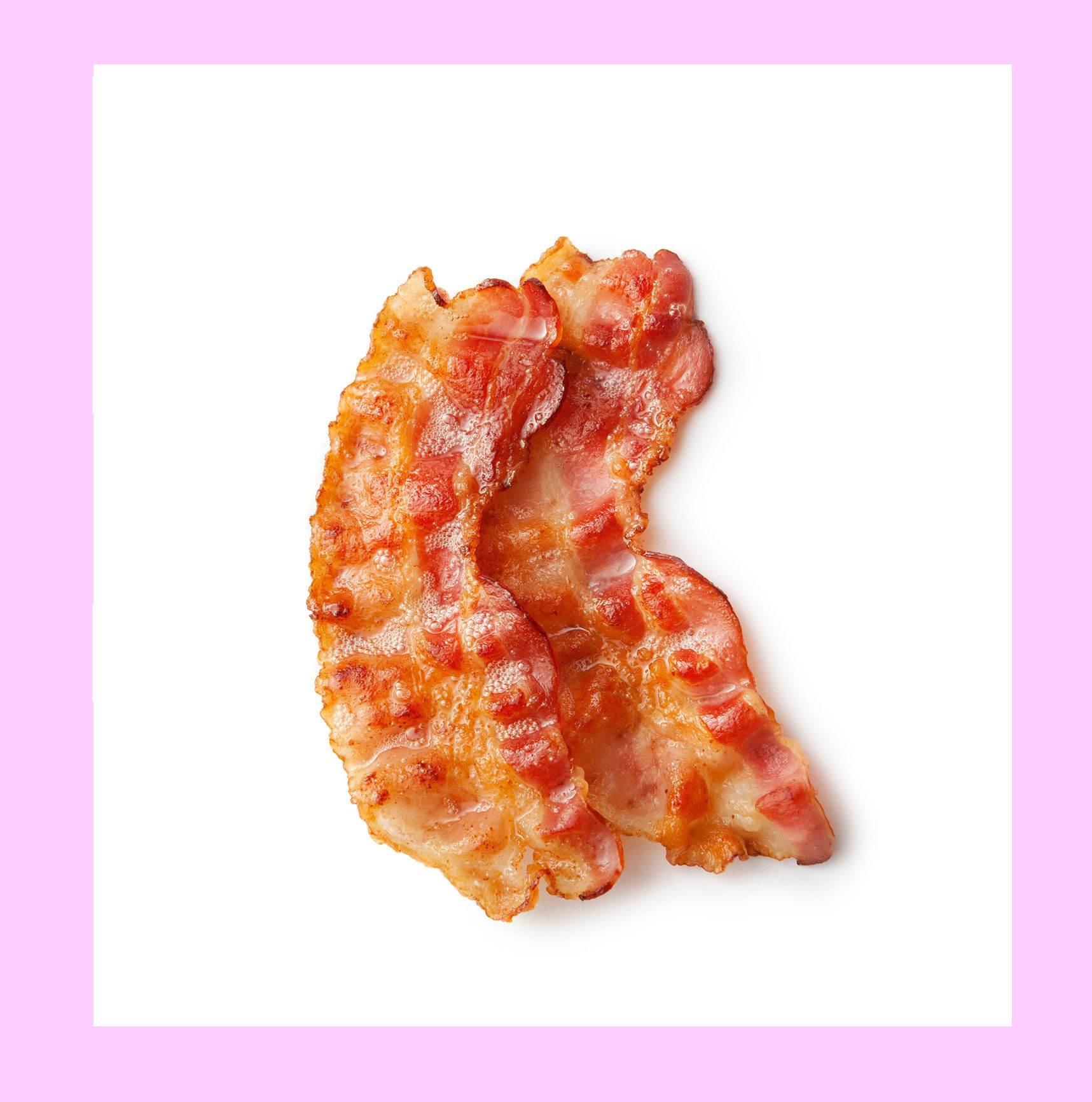
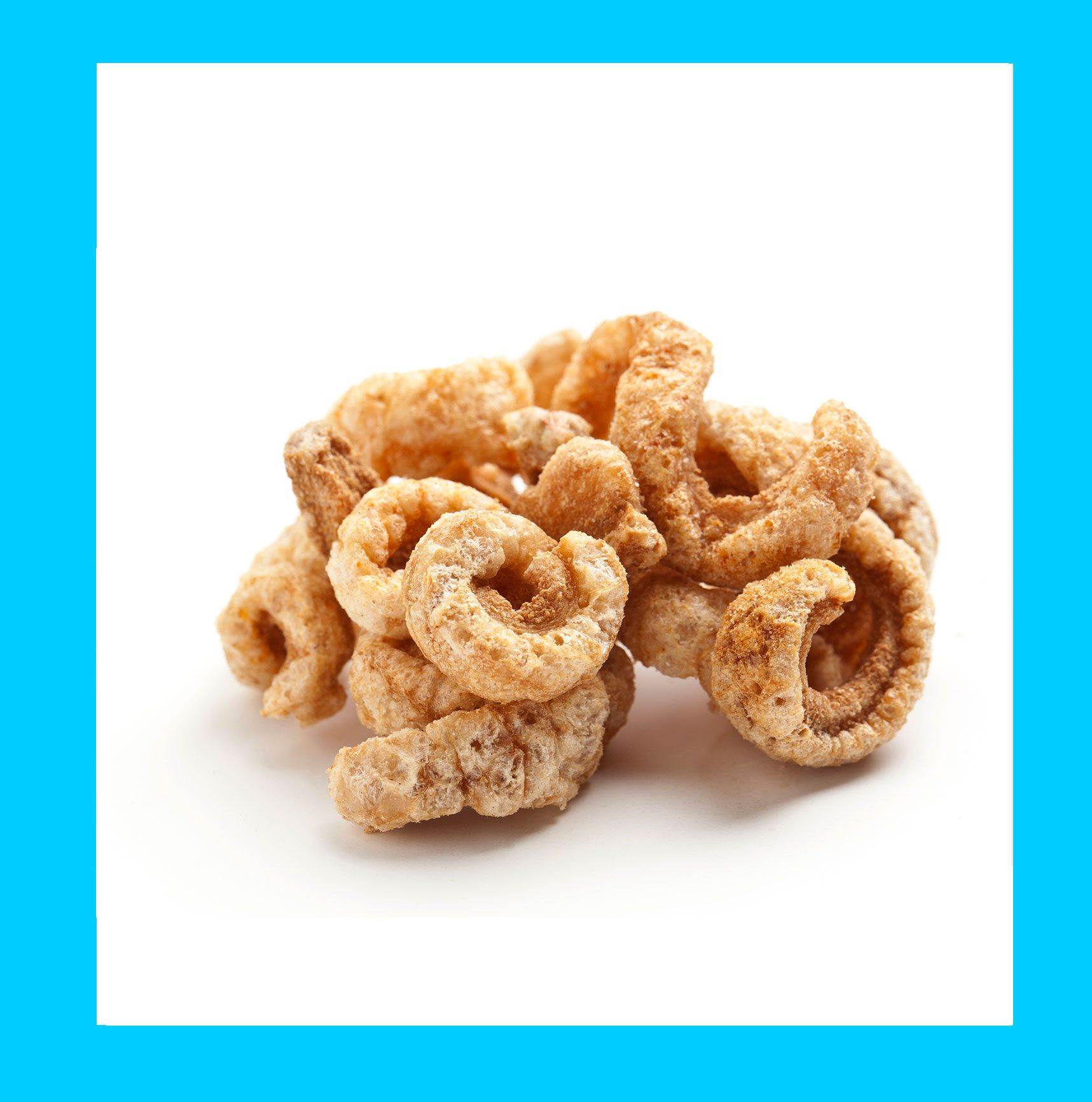

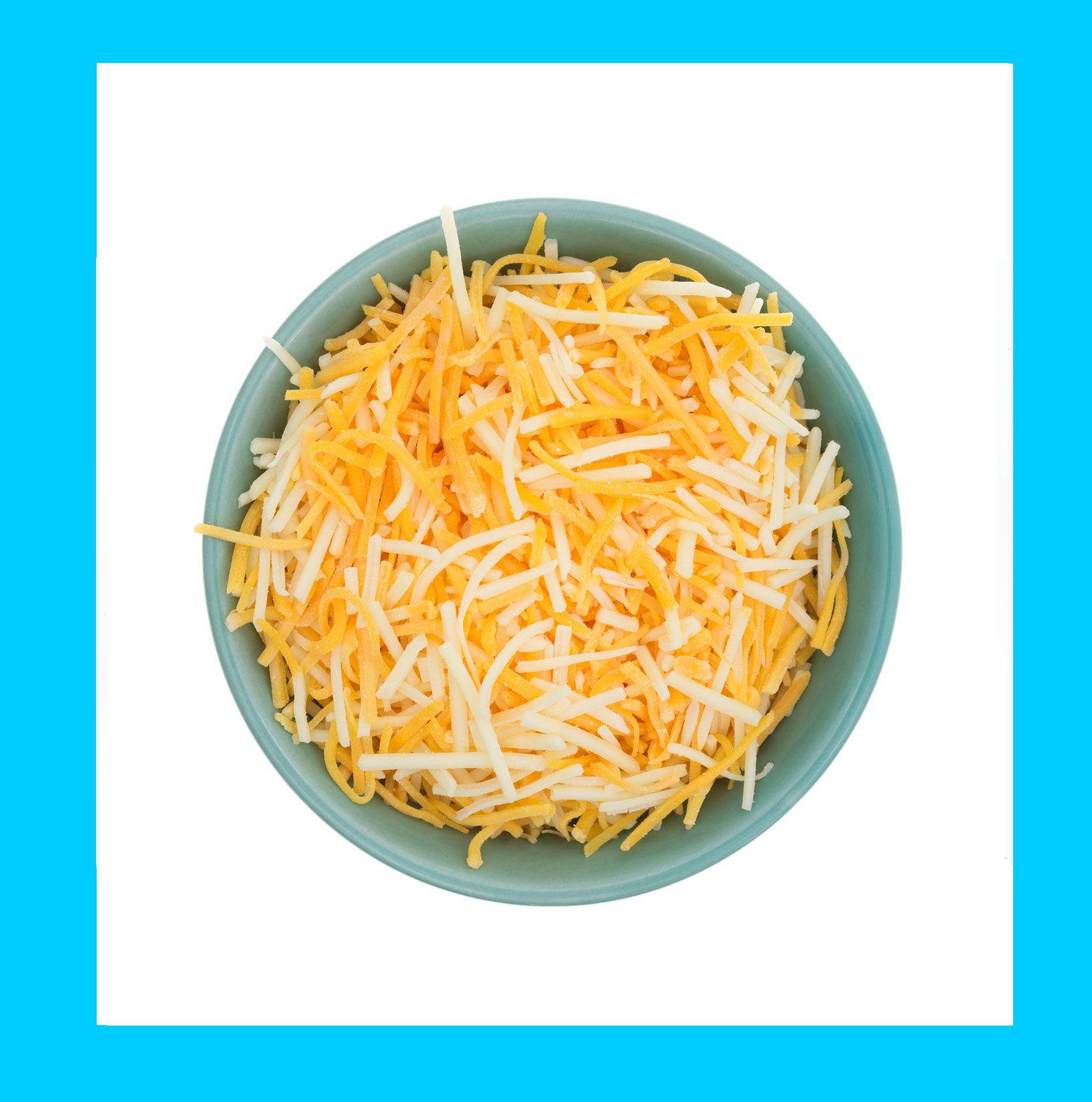

Dana Leigh Smith ©Getty Images
The 10 best keto diet foods
Surprise! A healthy keto diet isn’t all about the meat. Make these good-for-you options staples in your meals.
Dana Leigh Smith ©Getty Images
Avocados
Avocados are loaded with heart-healthy monounsaturated fats, as well as fibre, which keeps your digestion running smoothly. This fruit can also help replenish electrolytes in the body. For example, a cup of avocado delivers 975 milligrams of potassium, a mineral that regulates fluid balance in the body. That’s extra important when you're on a very low-carb diet - this type of eating causes your body to excrete water and electrolytes, which can lead to dehydration, dizziness, and fainting.
Dana Leigh Smith ©Getty Images
Lean cuts of steak and chicken
Just because keto is a high fat diet doesn't mean you should rely on large portions of fatty meats to hit your daily fat quota. “It’s not about eating an 250g steak,” Mancinelli says. “Instead, have a 90g portion of steak with half an avocado on the side.” That’ll help you meet your fat needs without overdoing it on the protein or potentially harmful saturated fats.
Dana Leigh Smith ©Getty Images
Olive oil
Consider it liquid gold: Most of it is made up of the monounsaturated fats that are good for your heart. Plus, the relatively neutral flavour means that it goes with pretty much everything. Drizzle it on top of your food for an easy way to up the fat content of your meal.
Dana Leigh Smith ©Getty Images
Fatty fish
Think: salmon, halibut, anchovies, and sardines. Unlike leaner fish, they’re rich in inflammation-fighting omega-3 fatty acids, says Dr David Nico. Again, just watch your serving size to keep your protein to fat ratio in check. A 90g serving of fish is all you need.
Dana Leigh Smith ©Getty Images
Eggs
They’re inexpensive, easy to make, and insanely versatile. And of course, they’re loaded with nutrition. The yolks are a top source of the mineral choline, which plays an important role in brain function, memory, metabolism, and mood. Eggs are also one of the few foods that deliver vitamin D, which can protect your eyes and bones, as well as promote healthy cholesterol levels.
Dana Leigh Smith ©Getty Images
Nuts and seeds
All are high in healthy fats. But you should aim for a variety since different types contain different nutrients. You’ll get close to 10 percent of your daily calcium from an ounce almonds, for instance, and more than a quarter of your daily zinc from the same amount of pumpkin seeds.
Load up on nut and seed butters too. You can dunk raw veggies in almond or cashew butter for a satisfying high-fat snack. Or drizzle tahini sauce over leaner proteins to up their fat content, Mancinelli recommends.
Dana Leigh Smith ©Getty Images
Berries
Blackberries, strawberries, and raspberries are lower in carbs than other fruits - but they still pack plenty of beneficial antioxidants and fibre. And once your taste buds adjust to life without added sugar, they’ll practically taste like candy.
Dana Leigh Smith ©Getty Images
Non-starchy vegetables
Severely limiting your carbs can put you at risk for falling short on essential nutrients like potassium, magnesium, folate, vitamin C, or vitamin K, warns nutritionist Ginger Hultin. Leafy greens, capsicum, mushrooms, and cruciferous veggies like broccoli, cauliflower, and Brussels sprouts serve up the most nutritional bang for your buck without maxing out your daily carb allotment.
Dana Leigh Smith ©Getty Images
The 5 worst keto diet foods
You know that high-carb foods like grains, legumes, starchy vegetables, and sugary fruits are out. But they’re not the only things you ought to steer clear of on a keto diet.
Dana Leigh Smith ©Getty Images
Processed meats
Whether you’re eating keto or not, bacon, sausage, hot dogs, deli meat and the like are still special occasion foods. They often contain preservatives and flavourings (like nitrates and nitrites) that are linked to cancer, Hultin cations.
Dana Leigh Smith ©Getty Images
Pork rinds
Delicious and addictive, these snacks are basically the keto equivalent of potato chips. But with little to offer from a nutritional standpoint, they’re a total waste of kilojoules. Plus, there’s a good chance they contain sneaky sources added sugars and starches (like maltodextrin or corn flour) for added flavour.
Dana Leigh Smith ©Getty Images
Low-fat yogurt
Most people consider it a protein, but yogurt still contains some carbs in the form of the milk sugar lactose. How much, exactly, depends on the yogurt’s fat content. You’ll get around 16 grams of carbs in a cup of plain low-fat yogurt, compared to 11 grams of carbs in the same amount of whole milk yogurt. Flavoured varieties have the most of all, thanks to all that added sugar. Believe it or not, some varieties of low-fat vanilla yogurt pack 31 grams of carbs.
Dana Leigh Smith ©Getty Images
Shredded cheese
Natural cheeses like Parmesan or fresh mozzarella are perfectly fine to enjoy them in moderation, Mancinelli says. Steer clear of packaged shredded cheeses, though. They often contain hidden carbs in the form of potato starch, cornstarch, or cellulose.
Dana Leigh Smith ©Getty Images
Low-carb or sugar-free packaged snacks
Sure, they might fit the bill from a numbers perspective. (Cookies with 2 grams of carbs? Sign me up!) But like other snack foods, they’re basically void of nutrients. Plus, there’s a good chance they also contain some stuff you don’t want. “These snacks may be ultra-processed with artificial ingredients, sweeteners, or preservatives,” Nico says. Aside from the fact that artificial ingredients and preservatives are best avoided no matter what diet you’re on, hidden sweeteners could mess with your blood sugar and possibly take you out of ketosis.
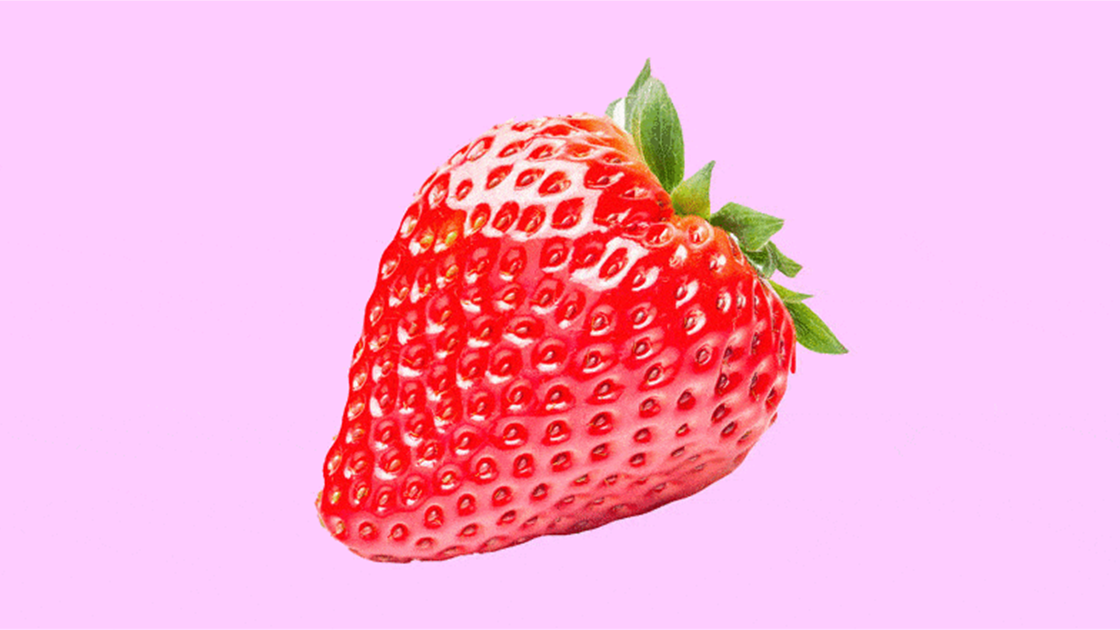

.jpg&h=90&w=90&c=1&s=1)



.png&h=193&w=250&c=1&s=1)
.png&h=193&w=250&c=1&s=1)
